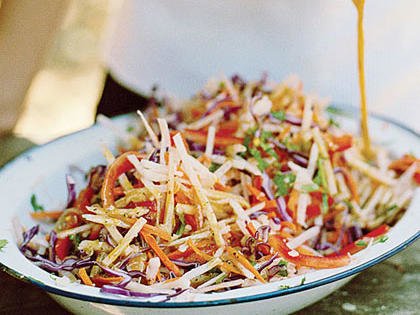Did you know that your body contains more bacteria cells than human cells, 100 trillion to 10 trillion respectively. This diverse ecosystem of bacteria and other microorganisms is known as our microbiome. Our microbiome is unique to each of us like a fingerprint, with no two people carrying the same exact composition of “bugs”. For a great visual, think of your body as home to a large rainforest of microscopic activity. It wouldn’t be too far out there to say we are walking bacteria vessels.
Our close relationship with bacteria doesn’t end there; our mitochondria, the energy powerhouse in every cell of our bodies, is actually an ancient bacteria that saw the potential of living inside another prokaryote, or a single cell, to form the beginnings of a eukaryote, the more complex cell that humans are made of. Since we evolved with bacteria, you can see the importance of supporting these little guys to keep us healthy. In turn, beneficial bacteria prevent us from getting sick, produce essential vitamins for our bodies, influence our weight, and impact our mental health with neurotransmitter balance.
Unfortunately, a poor diet, medications, lifestyle habits, and an overuse of antibiotics and antibacterial products, can take a toll on our healthy bugs. While fermented foods and probiotics can be helpful, they don’t necessarily recolonize your body’s own unique bacterial diversity. So how do we keep our microbiome healthy? Here are five quick tips to keep your microbiome flourishing along with an action step for you can make right away.
FIVE WAYS TO KEEP YOUR MICROBIOME FLOURISHING
5. Make time every day to be outside and get a little dirty. There are healthy, life-supporting bacteria in nature that can make our microbiome stronger. Gardening, hiking, or having a picnic are all good ways to get a healthy dose of bacteria. It can also help to add a quality spore-based probiotic, like Megaspore, to make sure you are getting healthy soil bacteria into your gut every day. Action Step: Take a break in the park or go for a hike in nature.
4. Hand sanitizer and other antibacterial soaps and cleaners can kill off your body’s good bacteria that keep bad bacteria at bay. This creates an open environment for not-so-healthy bacteria to grow back unchecked and uncontrolled. These products can also contain harsh chemicals that can be difficult to eliminate from the body. Switch to regular soap and warm water as well as homemade cleaners for a more balanced and gentle cleansing. Baking soda, white vinegar, lemon, and/or plain old water are great for making your own cleaners at home. Action step: Choose soap and water over hand sanitizer.
3. Make time to de-stress and exercise. Chronic stress and a lack of exercise are both associated with poor microbial diversity.Action Step: Take three deep breaths and go for a walk every day.
2. Take antibiotics only when necessary. While we are fortunate to live in a time were antibiotics help save lives from harmful bacteria, keep in mind they should not be used just because you have a stuffy nose or feel a little tickle. Talk with your doctor about the best option for you and your gut bacteria. It can take our microbiome up to a year to recover from a single course of antibiotics. If it’s not a serious infection, you may be able to use natural antimicrobials like oregano oil and berberine. Action Step: Work on the above steps to prevent you from getting sick in the first place. If you do use antibiotics, work on building your bacteria ecosystem back up. Just like cutting down a rainforest, it will take time to grow back with the same diversity but the above steps will help.
1. A healthy balanced diet is key to help support the growth of your gut bacteria. Fiber, found in vegetables, beans, and fruit is food for these bugs. A variety of these fibers is essential for feeding different types of good bacteria. In addition, highly processed foods and refined oils can actually cause damage to our gut bacteria. The good news is diet is one of the most powerful ways to transform our gut bacteria. Try slowly adding new types of fibers into your routine like jicama, pronounced HICK-ah-mah or HEE-kah-mah, the root vegetable in the above slaw recipe. Keep in mind its best to add new fiber-rich foods slowly; dumping a ton of new fibers in a short time can actually overwhelm bacteria and your gut.
Action Step: Try this Jicama Slaw Recipe

